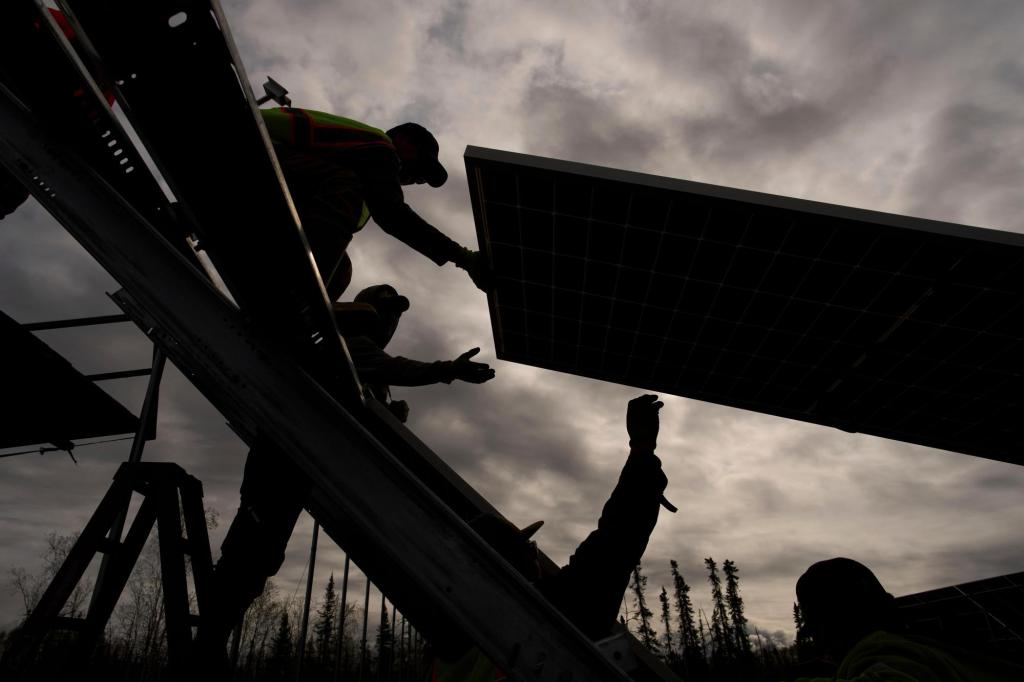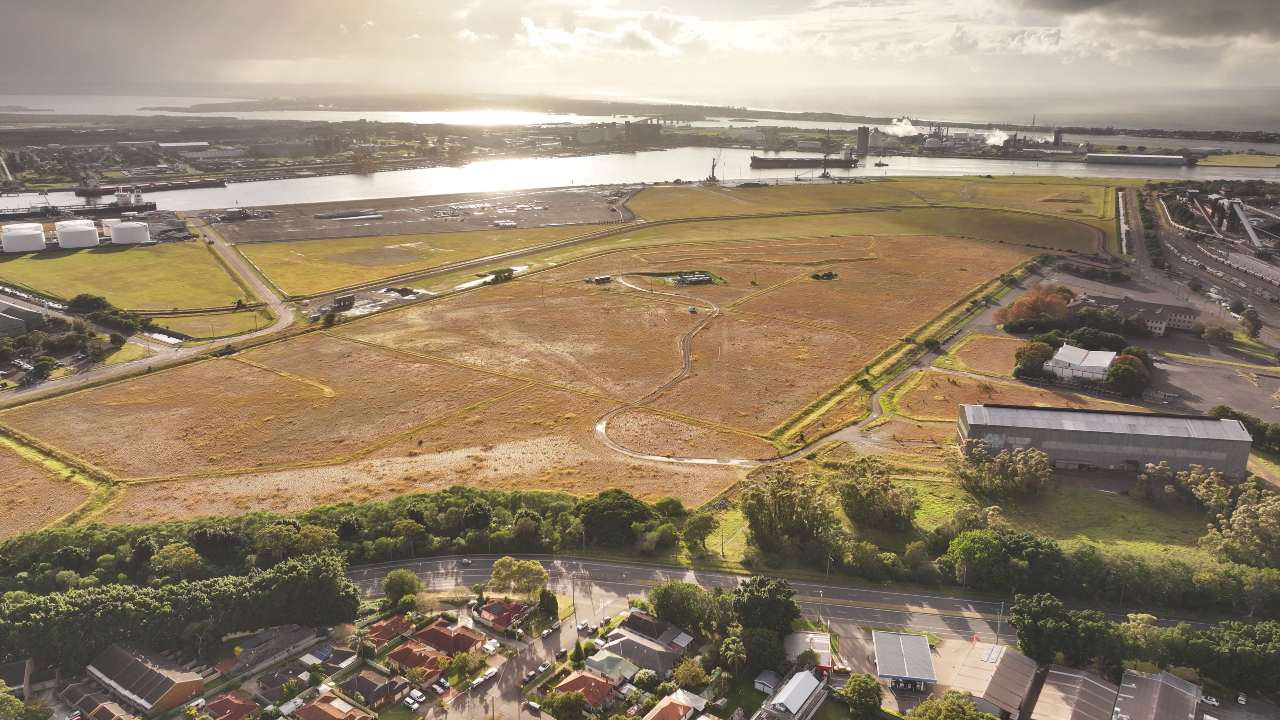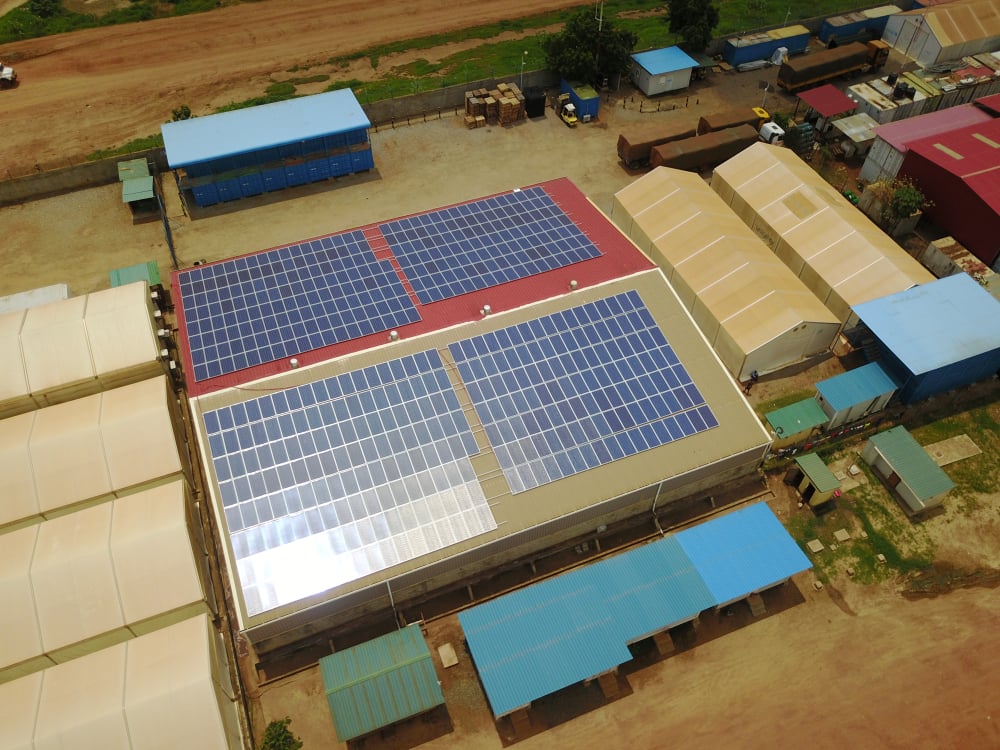Summary
Every year, the Huntington family spent about $7,000 on diesel to heat the cabin during bone-chilling winters, and a few years back, a power outage at the towns diesel plant left residents freezing in minus 50 F. When power finally returned hours later, water pipes had frozen, leaving about two dozen homes without running water for days.
Source: The Associated Press on MSN.com

AI News Q&A (Free Content)
Q1: What are the key factors driving the shift towards renewable energy in rural Alaska?
A1: The shift towards renewable energy in rural Alaska is driven by the high costs and logistical challenges associated with diesel fuel, which is traditionally used for heating and electricity. The harsh winters and instances of power outages, such as the one that left residents without heat and water, highlight the need for more reliable and cost-effective energy solutions like solar and biomass energy.
Q2: How does the use of solar and biomass energy help reduce costs and improve energy reliability in cold climates?
A2: Solar and biomass energy can significantly reduce costs and improve energy reliability in cold climates by decreasing reliance on imported diesel. Solar panels, even in less sunny regions, can provide electricity, while biomass can offer a sustainable heating solution using local resources. This reduces the vulnerability to supply chain disruptions and price fluctuations associated with diesel fuel.
Q3: What are the recent advancements in renewable energy technologies suitable for cold climates?
A3: Recent advancements include the development of more efficient solar panels that can operate effectively in low-light conditions and innovative biomass systems that utilize local organic waste. Research, such as the study on climate engineering solutions, emphasizes the importance of integrating these technologies to mitigate climate impacts effectively.
Q4: What role do government policies play in promoting renewable energy projects in rural Alaska?
A4: Government policies play a crucial role by providing subsidies, grants, and incentives for renewable energy projects. These policies aim to reduce the financial burden on rural communities and encourage the adoption of sustainable energy solutions, which can lead to long-term economic and environmental benefits.
Q5: What challenges do rural communities face in transitioning to renewable energy sources?
A5: Challenges include the initial high investment costs, the need for technical expertise for installation and maintenance, and the adaptation of existing infrastructure to integrate renewable systems. Additionally, there may be resistance due to the uncertainty of reliability and performance in extreme weather conditions.
Q6: How does the integration of renewable energy technologies impact the local economy in rural Alaska?
A6: The integration of renewable energy technologies can stimulate the local economy by creating jobs in installation, maintenance, and operation of these systems. It also reduces the outflow of capital spent on imported diesel, keeping more money within the community and potentially lowering energy costs for residents.
Q7: What are some successful case studies of renewable energy adoption in rural Alaska?
A7: Successful case studies include villages that have implemented community solar projects and biomass heating systems, significantly reducing their diesel consumption. These projects have not only cut costs but also improved energy security and environmental sustainability in these communities.
References:
- Economy of Alaska
- Renewable energy in the United States
- The Reality of Climate Change: Evidence, Impacts and Engineering Solutions




